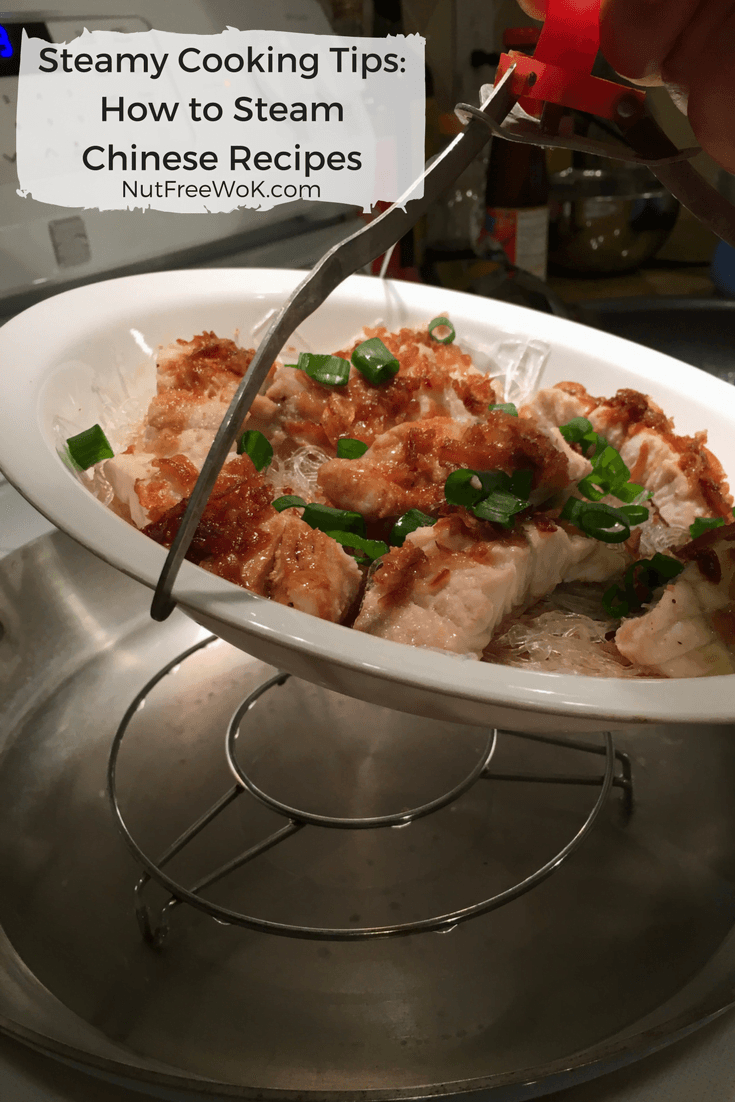
Learn some basic tips on how to steam Chinese recipes, including selecting the right equipment and safety tips. This is what I want to write with every single recipe that involves steaming and now I can just link to the basic instructions.
Disclaimer: Please check that all ingredients are suitable for your allergies and be sure to ask your medical care team regarding any allergy related questions (I do not share medical advice). As an Amazon Associate, I earn from qualifying purchases.
Benefits of Steaming:
I learned how to steam our food from my parents who used to have a dedicated pot that was always set up to steam food. All we needed to do was change the water daily and wash the pot as needed. Steaming our food preserves food’s nutritional value and flavor. Little or minimal added fat is necessary. Steam can transform batter into cake and watery scrambled eggs into custard. It’s a clean, efficient, and low fuss cooking method without a lot of hands-on time at the stove.
Selecting the Right Equipment:
You need to select the right sized covered pan or pot depending on the recipe.
- If you are steaming a small dish that takes 10 minutes or less to steam or reheating leftovers, a covered frying pan with a domed lid is an adequate width and depth. I don’t have a covered frying pan but use an All-Clad 14 inch braiser with a lid (affiliate link).
- If you are steaming a cake which takes longer, you will need a large stock pot (8 quart or larger) that is wide enough for you to put your dish in without your fingers touching the side of the pot and deep enough to boil water for the duration of your recipe.
- If you are steaming a lot of items at once, you might need a steamer with tiered steam racks. I currently have an aluminum one that is very lightweight and slightly warped at the bottom, which makes it a little wobbly on my glass cooktop electric stove. I would like to upgrade to a stainless steel tiered steamer.
- Of course the most traditional steamer set up to use a wok with a rack and a lid (it’s super roomy on all sides) or with tiered bamboo inserts. I have an enamel coated cast iron wok and it is quite fussy to take care of as it is but boiling water in it would definity ruin the wok’s seasoned finish. I’ve also tried using bamboo steamers and I still cannot work out issues regarding keeping it clean and dry and the subtle taste it adds to food.
Steamer Racks
In addition to selecting the right pan/pot, you also need a steamer rack. Most people might have a collapsible steamer basket to steam their vegetables. However, it’s not large enough or stable enough for you to place a dish on it for something like a fish or black bean spareribs.
You will need a small round steaming rack about 1 to 1.5 inches inch high. If you are steaming a large item or a cake which takes 30-60 minutes, you will need a larger pot to hold more water therefore you’ll need a taller rack so that your dish will rest above the water level or you can use a tiered steamer rack.
If you can’t find a steamer rack, some people use an empty short can (like a tuna can), but it’s not very wide so be careful or use three for stability.
Plate Lifter
The last piece of equipment that I think is very helpful is a plate lifter, which is a grabber tool to help you place or remove your dish into the steamer without touching the sides of the hot pot. They work best with a rimmed bowl or plate, carefully try lifting your empty serving dishes with your plate lifter to see what are your options.

Practical and Safety Tips:
Set it up when everything is cold to be sure the pieces fit together.
- When you set up the steamer, be sure to read the entire recipes and know approximately what size dish you’ll need to steam and for how long.
- Then assemble all the pieces together and make sure there’s enough clearance all around the pot for you to place the dish in and remove it safely.
- Check that there is enough clearance at the top for the steam to circulate and that your lid does not touch the top of your food.
Make sure there’s enough water and the temperature is right.
- Add water to your pot, you’ll need about 1 inch of water for dishes that takes less 15 minutes to cook. If you choose a shallow pan and rack, then you can check that there’s enough water and add hot water as needed.
- If you know that your recipe will take 45-60 minutes to steam, then select a taller pot and taller rack and add about 1.5 to 2 inches of water. Check that there’s enough water by looking for steam coming out of the pot or listening to the sound of water boiling.
- Bring the water to boil at medium heat but you can adjust the temperature lower if you need extra time to prep your ingredients or adjust it higher if you need to start steaming as soon as possible.
- When you place your dish into the steamer, cover the pot with a lid, set a timer, and check the temperature. You want to have one steady stream of steam coming out, turn it up slightly if nothing is happening and turn it down slightly if steam is sputtering out in different directions. You don’t want to undercook your dish by not having enough steam nor running out of water before your dish is ready.
Be careful when taking the lid off the pot.
- The lid will be hot, remember to protect your fingers with an oven mitt or at least a kitchen towel. Be very careful when you lift the lid so that you do not direct the steam at your face or body.
- The lid will be dripping with hot condensation and I try to let it drip down back into the pot without dripping on the food or I very quickly lift the lid up and away from the food.
- Be careful not to drip condensation on your food when you are steaming something like bread or cake.
- If you have small children or pets, be mindful of them as you move around with the lid.
Nut Free Wok’s Favorite Steamed Recipes:
Many dim sum recipes are steamed, such as beef rice noodle rolls which don’t take a lot of time and you can keep replenishing the hot water as needed for large batches of foods to steam. I really love steamed rice noodles, I also have recipes for Fabulous Shrimp Rice Roll (Ha Cheung) Recipe and Make Tasty Char Siu Rice Rolls With a Pizza Pan.
Turnip Cake and Chinese New Year Cake are examples of dishes which need to be steamed for a longer period of time and will require a larger pot or a tiered steaming rack.
Some savory dishes such as Steamed Spare Ribs with Black Bean Sauce are delicious entrees and a lot of the flavor and nutrition can be found in the resulting sauce. My mom used to steam chopped and marinated chicken and the chicken was tender and delicious and the sauce is divine over rice.
And some recipes are just magical. I can’t get over how one can steam a sponge cake on the stove or Baak Tong Gou, a Top 9 Allergen Free Chinese Dessert with an extraordinary spongy appearance. Or you can steam a mixture of water and eggs to make a savory steamed egg custard.
When you feel ready, try the ultimate steamed dish, Chinese Style Steamed Fish and learn about celebrating Chinese New Year.
Thanks for reading, please help Nut Free Wok!
If you like this post or recipe, please be sure to give a 5 star rating, leave a comment, and share this post! Your support means a lot to me.
Subscribe to Nut Free Wok’s email subscription (be sure to respond to the confirmation email). You will be notified by email next time I publish another post or recipe and I won’t send you spam or share your email address with anyone.
Disclosure/Disclaimer:
I may mention the names of stores and/or brand names of products that I use because readers ask and I share products and sources which I use and think may be helpful to readers, all opinions are my own. Please note that manufacturing practices and ingredients can change at anytime without notice and readers are always responsible for assuring allergen safety before buying or consuming foods. NutFreeWok.com is a participant in the Amazon Services LLC Associates Program, an affiliate advertising program designed to provide a means for sites to earn advertising fees by advertising and linking to Amazon.com. Thank you for reading!
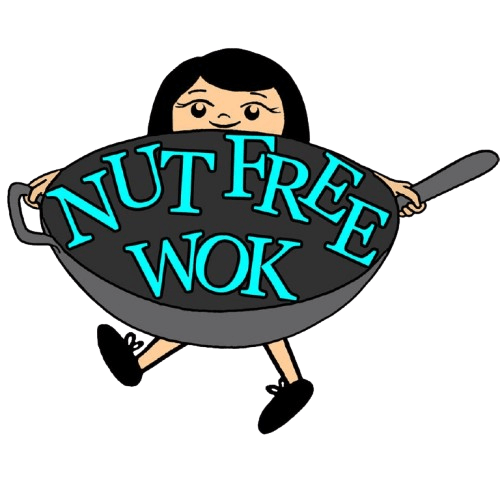
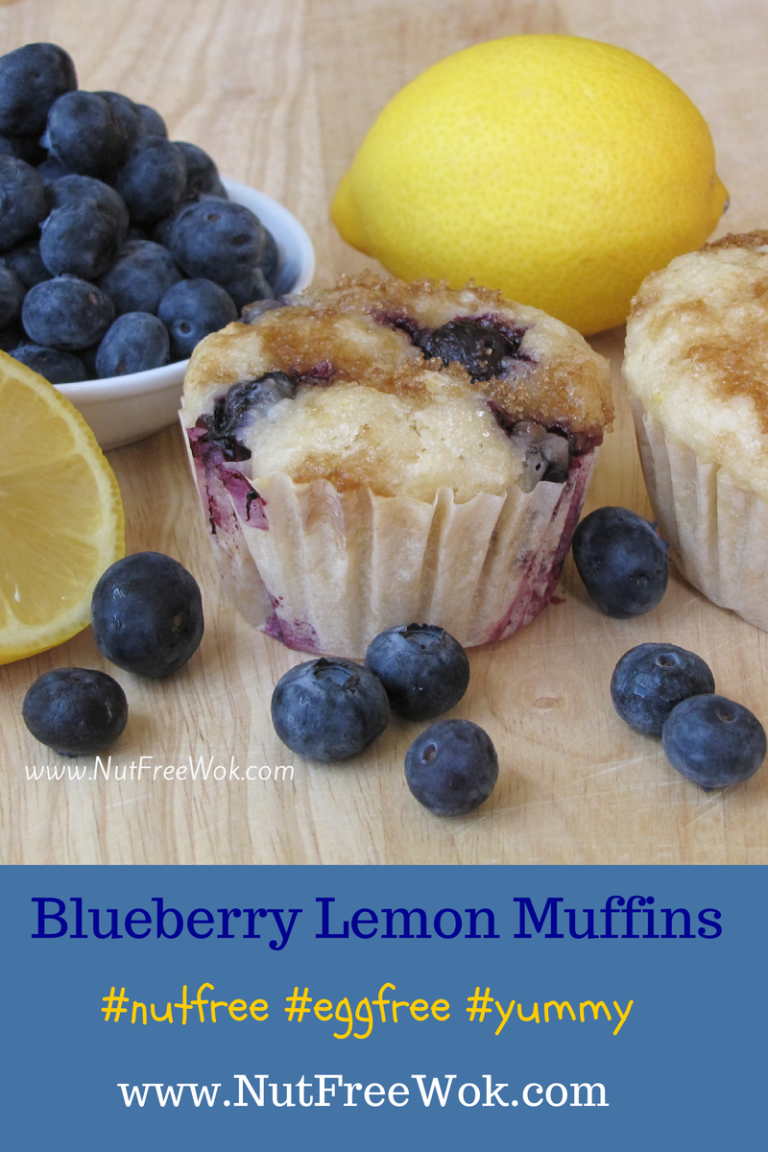
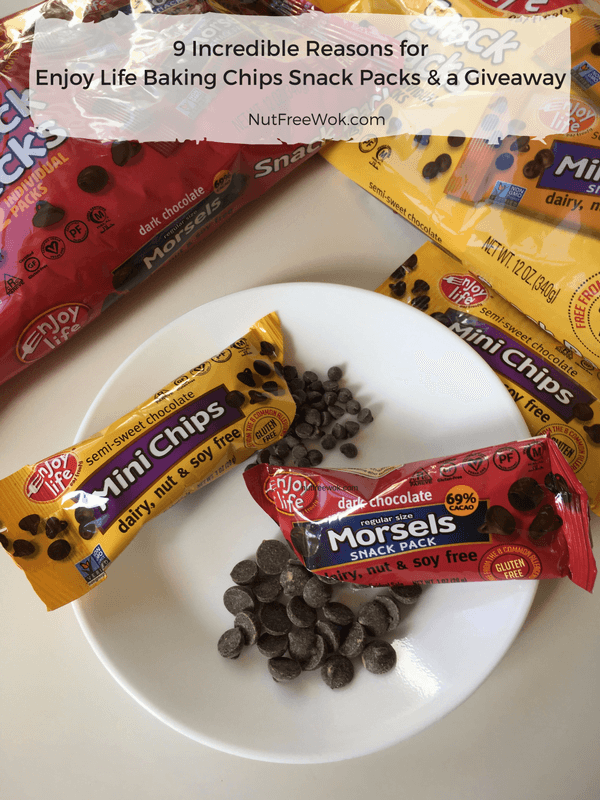

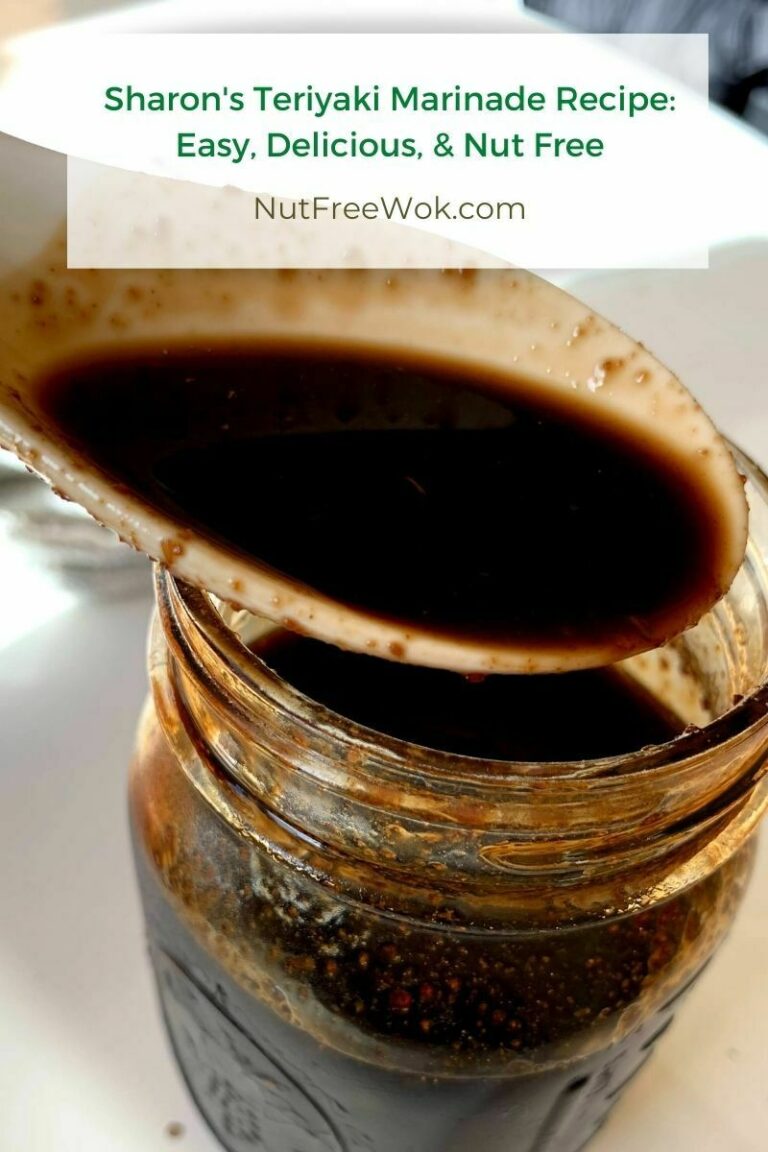


Sharon, So happy to have found your recipes and techniques. Our family has a member with gluten allergy (celiac) and also another with dairy allergy. I learned to cook in the Chinese/Cantonese way from my mother in law when I married 40 years ago, and it is so helpful to have technique and recipe adjustments to accommodate when trying to adapt traditional recipes and taste to a gluten free and/or dairy free allergy. I am trying the Nian Gao recipe for Lunar New Year today. So far, so good! It is steaming away in my Chinese stacked steamer. I used the pian tang brown slab sugar instead of brown, and dissolved it slowly on the stove in a saucepan with the 3/4 cup water. Took a while but it has a very different taste from regular brown sugar used for baking. That would be a good substitute though. My dough seemed a much thinner batter than you described as a “gooey mass” but I have made Japanese mochi for years (husband from Hawaii and loves many other Asian cuisines as well) and it was similar to the texture of many of my baked or microwaved mochi recipes. We are also going to try the sticky rice with lup chong for a new year party. But I cannot find the recipe again. Your Chinese style steamed fish recipe looks awesome and we will be trying that soon. Thanks for the tips and recipes,Barb
Happy Chinese New Year! I hope all the recipes you tried turned out, thank you for taking the time to comment. I love the taste of the Chinese pian tang too, it’s just difficult to verify for allergen safety and not available to all of my readers. Here’s the recipe for the sticky rice in case you didn’t find it yet. https://nutfreewok.com/sharons-special-sticky-rice-recipe/